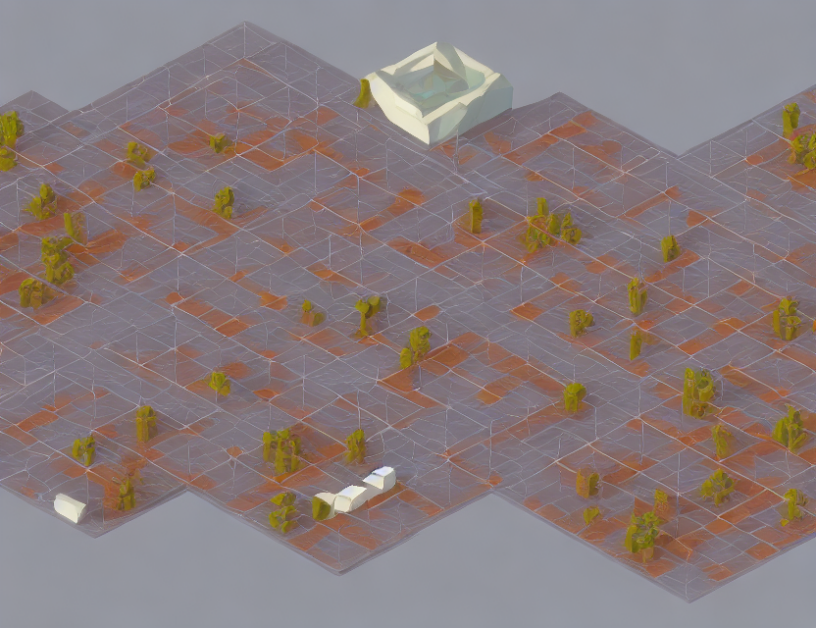In this article, we delve into the world of network design and explore the concept of Approximate Nash Equilibrium (APNE). Imagine you’re a player in a game where each person chooses a path on a network, and the cost of that path depends on the choices of other players. The goal is to find an optimal balance between minimizing your own cost and taking into account the actions of others. APNE is like finding a compromise solution that satisfies everyone’s needs without overly favoring any one player.
We begin by defining key terms such as "profile," "cost share," and "APNE." Then, we introduce the problem and explain how it relates to real-world issues in network design. Next, we explore existing research on APNE and highlight important concepts like "price of anarchy" and "price of stability."
To make things more concrete, let’s consider a simple example of a network with three nodes (players) and two edges. We can imagine each player trying to find the best path based on their own preferences while taking into account the choices of others. The cost of each edge depends on the paths chosen by all players, and the goal is to find an APNE that minimizes everyone’s total cost.
In summary, Approximate Nash Equilibrium is a solution that balances individual needs with the needs of others in network design. It’s like finding a fair compromise that works for everyone, without any one player having too much influence over the outcome. By understanding APNE, we can better design and manage complex networks that meet the needs of all participants.
Computer Science, Computer Science and Game Theory
Approximate Nash Equilibria Algorithms for Shapley Network Design Games



